80x5 -
240x3 -
240x4 -
320x1 -
320x2 -
320x3 -
640x1 -
640x2
Set display option above.
Click on
images to enlarge. |
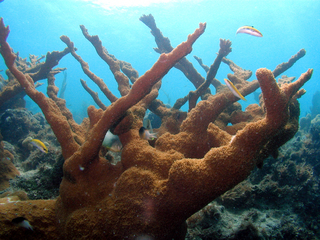
© Jim Porter, University of Georgia, 2005-2007
· 1
Acropora palmata, adult |
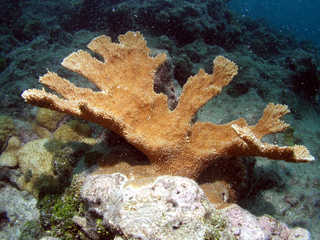
© Jim Porter, University of Georgia, 2005-2007
· 1
Acropora palmata, juvenile |
|
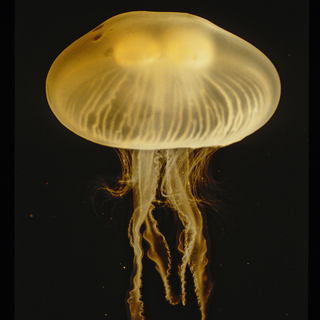
© John Pickering, 2004-2023
· 0
Aurelia |
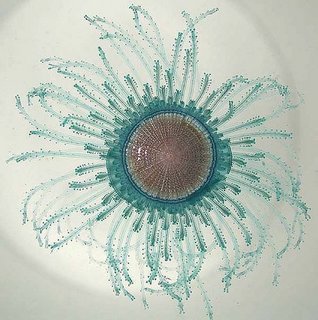
© Public Domain
· 0
Porpita porpita, Blue button, from NOAAs Ocean Explorer |
|
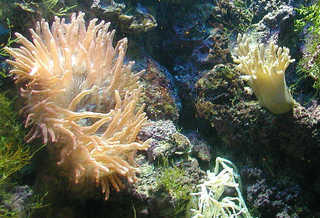
© Public Domain
· 0
Sea anemones at the aquarium in Bristol Zoo, Bristol, England |
| IDnature guide | |
| Overview |
The aquatic Phylum Cnidaria includes coral, hydra, jellyfish, and anemones. Cnidarians occur in two very
different body forms, the medusa form and the polyp form. The typical jellyfish is often found in its medusae form.
They usually occur in bell-shaped bodies lacking a true head and organs, but they are able to swim or float freely.
Cnidarians in the polyp form include coral, hydra, and anemones. Polyps are sessile creatures meaning they are permanently
attached to substrate and feed only when prey flows through their tubular bodies. Most cnidarian creatures have a life
cycle that alternates between the sexually reproductive medusa stage and the asexual polyp stage, however some cnidarian
classes occur in only one of the two stages.
|
| Kinds |
Click on image to go to that group.
|
| Phylogeny |
Tree of Life web project
|
| Links to other sites |
|
| Acknowledgements |
-
Sam Cincotta, University of Georgia, Athens
I thank John Pickering
and Rosemary Kim for their assistance with the development of this page.
|
Top
Updated: 2024-11-10 19:47:55 gmt
© Designed by The Polistes Corporation
|
|